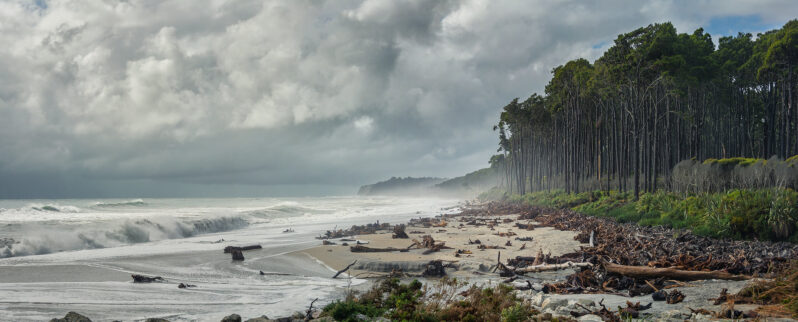El Niño and extreme Atlantic Ocean heat are about to clash – the Conversation

Globally, warm sea surface temperatures that can fuel hurricanes have been off the charts in the spring of 2023, but what really matters for Atlantic hurricanes are the ocean temperatures in two locations: the North Atlantic basin…This year, the two are in conflict – and likely to exert counteracting influences on the crucial conditions that can make or break an Atlantic hurricane season. The result could be good news…But forecasters are warning that that hurricane forecast hinges on El Niño panning out…
Global heating has likely made El Niños and La Niñas more ‘frequent and extreme’ – the Guardian

Scientists say greenhouse gases have already affected climate patterns in the Pacific that could lead to more severe weather, floods and heatwaves…Dr Wenju Cai, lead author of the study from Australia’s CSIRO science agency, said the models showed a “human fingerprint” from 1960 onwards. But some other scientists not involved in the study had reservations about the findings, raising concerns about the reliance on modelling….
Beach erosion: Satellites reveal how climate cycles impact coastlines – UNSW Sydney

New research shows coastlines across the Pacific Ocean may respond differently to El Niño and La Niña cycles.
Researchers from UNSW Sydney have analyzed millions of satellite photos to observe changes in beaches across the Pacific Ocean. The findings, published in Nature Geoscience today (Feb. 10), reveal for the first time how coastlines respond to different phases of the El-Niño-Southern Oscillation (ENSO) cycle…
